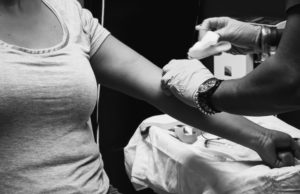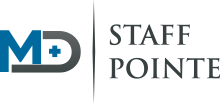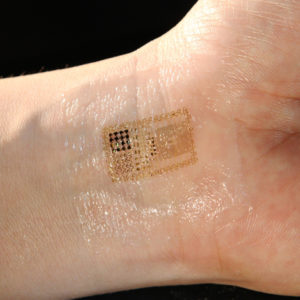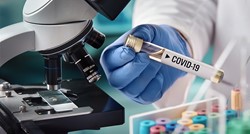Medicare Reimbursements to Increase Fall 2020
 Recently, Centers for Medicare and Medicaid Services proposed a new rule to unleash new technology that will cause medicare reimbursements to increase by 1.6% this Fall 2020.
Recently, Centers for Medicare and Medicaid Services proposed a new rule to unleash new technology that will cause medicare reimbursements to increase by 1.6% this Fall 2020.
The rule’s objective is to update the hospital inpatient prospective payment system (IPPS) and long term acute care hospital (LTCH) proposed rule (CMS-1735-P) for the 2021 fiscal year. CMS recognizes the significant impact of the COVID-19 public health emergency, and the limited capacity of health care providers to provide feedback on the proposals and has limited the rulemaking required to focus primarily on essential policies including Medicare payment to hospitals, as well as proposals that reduce provider burden and may help providers in the COVID-19 response. These changes would apply to 3,200 acute care hospitals and approximately 360 long term care hospitals on or after October 1st, 2020. CMS is proposing a new technology add-on payment pathway for certain antimicrobial products which includes a new MS-DRG for Chimeric Antigen Receptor T-Cell Therapy. CMS estimates a 1.6% increase in IPPS payments overall.
Other changes will be necessary with CMS’s new rule that will affect teaching hospitals and residency programs, the hospital-acquired condition education program, the hospital readmissions reduction program, the hospital inpatient quality reporting program, the PPS-exempt cancer hospital quality reporting program, and others.
CMS’s objective is to ensure that America will have continued access to a world-class healthcare system that delivers potential life-saving diagnostics, therapies through the release of innovative medical technology, and removing barriers to competition. This rule is a step towards accomplishing this goal and delivering current therapies to address the pandemic.
For more information go to CMS Newsroom or download CMS’s proposed rule (CMS-1735_P) here
Stay connected by visiting our blog for news, research, and MDSP updates.





Recent Comments